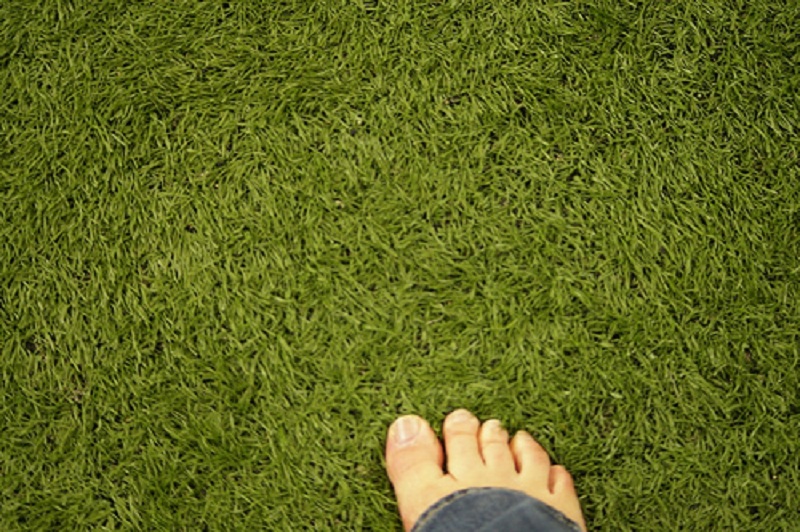Some homeowners would rather die than replace their real grass lawns with a fake version while others cannot stop extolling the delights of their synthetic gardens to friends and neighbours. Some believe fake grass is the future while others believe it looks like something out of a science fiction movie – fake and plastic.
Manufacturers of synthetic turf will tell you that it is better for the environment than real grass as it reduces the use of pesticides, fertilisers, irrigation and fossil fuels used in petrol or electric mowers and strimmers. Environmentalists will counter this with the fact that fake turf does not of course photosynthesize or produce oxygen so therefore cannot possibly be better for nature than the real deal. Deciding who or what to believe is a daunting task, and really it comes down to personal choice. Weighing up the pros and cons and then making an informed decision based on your own needs is the only way forward.
Real Grass Benefits
In terms of the environment real grass is part of the delicate balance of nature. The grass blades, just like any other plant, soak up carbon dioxide and give out oxygen. They also absorb energy from the sun and turn it into chemical energy which fuels not only its own growth but also all the creatures who feed on it. Natural lawns allow for other plants and trees to take root in the area. An area of grass, especially meadow grass let to grow a little wild, provides a habitat for myriad creatures, some of which are dying out due to the erosion of the countryside. Ladybirds, bees and all sorts of other insects rely on areas of natural plant life to survive. A real grass lawn is also cheaper to install than a fake version.
Fake Grass Advantages
The advantages of artificial grass apply more to the homeowner than the rest of the environment, although the lack of maintenance argument still stands. They are easy to look after and maintain their green colour all year round. They can be very easily cleaned by hosing down or raking and they don’t get muddy in wet weather. Despite pricey initial installation costs the lack of follow up care needed means they do tend to work out cheaper over time than real lawns. They provide a smooth surface which is often better for children to play on, and can also be advantageous to the elderly or disabled as there are no lumps or divots to trip or get stuck on.
Artificial grass or real turf lawns? The choice is really down to the individual. Before you make a decision, draw up a list of your requirements for a garden and then see which one suits your needs best. You may be surprised at the results.

